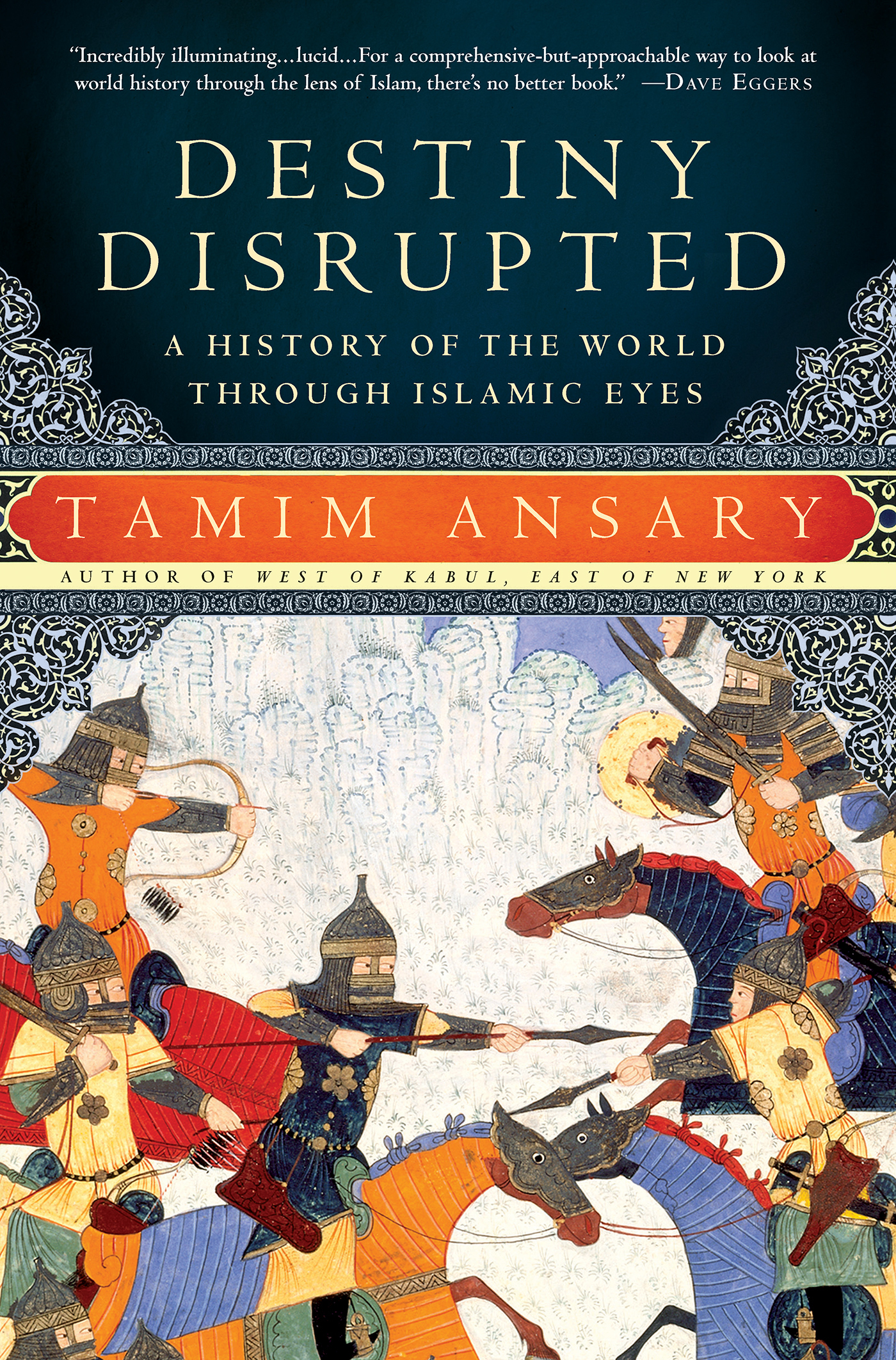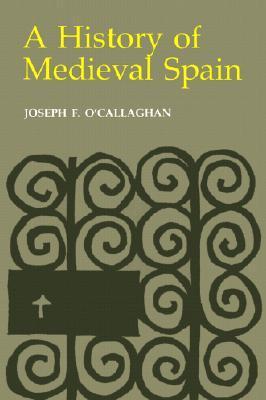
The Crusades Through Arab Eyes
Book Description
A clash of cultures unfolds as crusaders march into the heart of the Arab world, igniting battles that echo through centuries. "The Crusades Through Arab Eyes" unveils a vibrant tapestry of perspectives, revealing the anguish and resilience of those caught in the crossfire. Through the lens of Arabic voices, the narrative captures the raw emotion, unexpected alliances, and devastating betrayals that shaped history. This gripping account unearths the untold stories of heroes and villains, transforming the distant past into a visceral journey. How will the struggle for faith and territory resonate in today's world?
Quick Book Summary
"The Crusades Through Arab Eyes" by Amin Maalouf presents the medieval crusades from a perspective often ignored in Western narratives—that of the Arab peoples who witnessed and experienced them firsthand. Drawing on chronicles and writings from Arab historians, the book reveals the immense human cost, cultural upheaval, and emotional toll suffered by Middle Eastern societies as European crusaders invaded their lands. Maalouf paints a vivid portrait of how Arabs perceived the crusaders—as brutal, unfamiliar invaders—as well as the resilience, internal conflicts, and diplomatic ingenuity that marked Arab responses. By weaving together personal stories, political intrigue, and cultural insights, Maalouf reframes the era as a profound clash and interaction of civilizations, with consequences that still echo today.
Summary of Key Ideas
Table of Contents
Arab Perspectives on the Crusaders
Maalouf's narrative pulls from Arabic sources—chronicles, poems, and histories—to illuminate the psychological and emotional impact of the Crusades as seen by those they affected. Unlike the Eurocentric versions often taught in the West, this account places readers inside besieged cities and royal courts from Damascus to Cairo. The arrival of the crusaders is portrayed as an unprecedented catastrophe, instilling a sense of vulnerability and confusion among local populations who struggled to understand the motives and customs of their invaders. This perspective personalizes the trauma, showing the devastation brought to societies already contending with their own complexities.
Internal Divisions and Political Intrigue
Central to the book is the theme of fragmentation within the Arab world. Maalouf details how internal divisions—political rivalries, sectarian strife, and a lack of unified leadership—undermined Arab resistance to the crusader advance. Ambitious emirs and sultans often prioritized local power struggles over collaboration, leading to betrayal and missed opportunities for unified defense. These divisions provided crucial openings for the crusaders, who exploited them to carve out realms in Palestine and Syria. The saga of this internal discord highlights how disunity often proved as damaging as the invaders themselves.
The Role of Religion and Identity
Despite the initial successes of the crusaders, the Arab world mounted a resilient response, led by figures like Imad ad-Din Zengi and Saladin. Maalouf chronicles their heroic efforts to reclaim lost territories, rallying disparate peoples under the cause of religious and territorial survival. This reawakening was marked by both military campaigns and strategic diplomacy, as some Arabs forged temporary alliances—even with former enemies—when expedient. The story becomes one of tenacity and pragmatism, as much as of loss and resistance, underlining the dynamic agency of Arab leaders and communities.
Cultural Encounters and Misunderstandings
A recurring motif in the book is the deep cultural chasm separating the two civilizations. Misunderstandings and mutual contempt colored interactions, with each side seeing the other as barbaric or alien. Yet, Maalouf also highlights moments when cultures influenced each other, through exchange, adaptation, and the transfer of knowledge. The crusaders' exposure to the sophistication of Arab cities helped spark change in Europe, even as the region itself was irrevocably altered by conflict.
Lasting Impact on the Middle East
Maalouf closes by reflecting on the enduring legacy of the crusades in Arab memory, where they remain a symbol of external aggression and profound loss. The wounds and narratives forged in this era shaped regional identities and inter-cultural perceptions, contributing to the complexities of the modern Middle East. By focusing on Arab voices, the book invites readers to reconsider how history is remembered and whose stories are told, making past events deeply relevant to contemporary dialogues about cultural encounter and conflict.
Download This Summary
Get a free PDF of this summary instantly — no email required.





